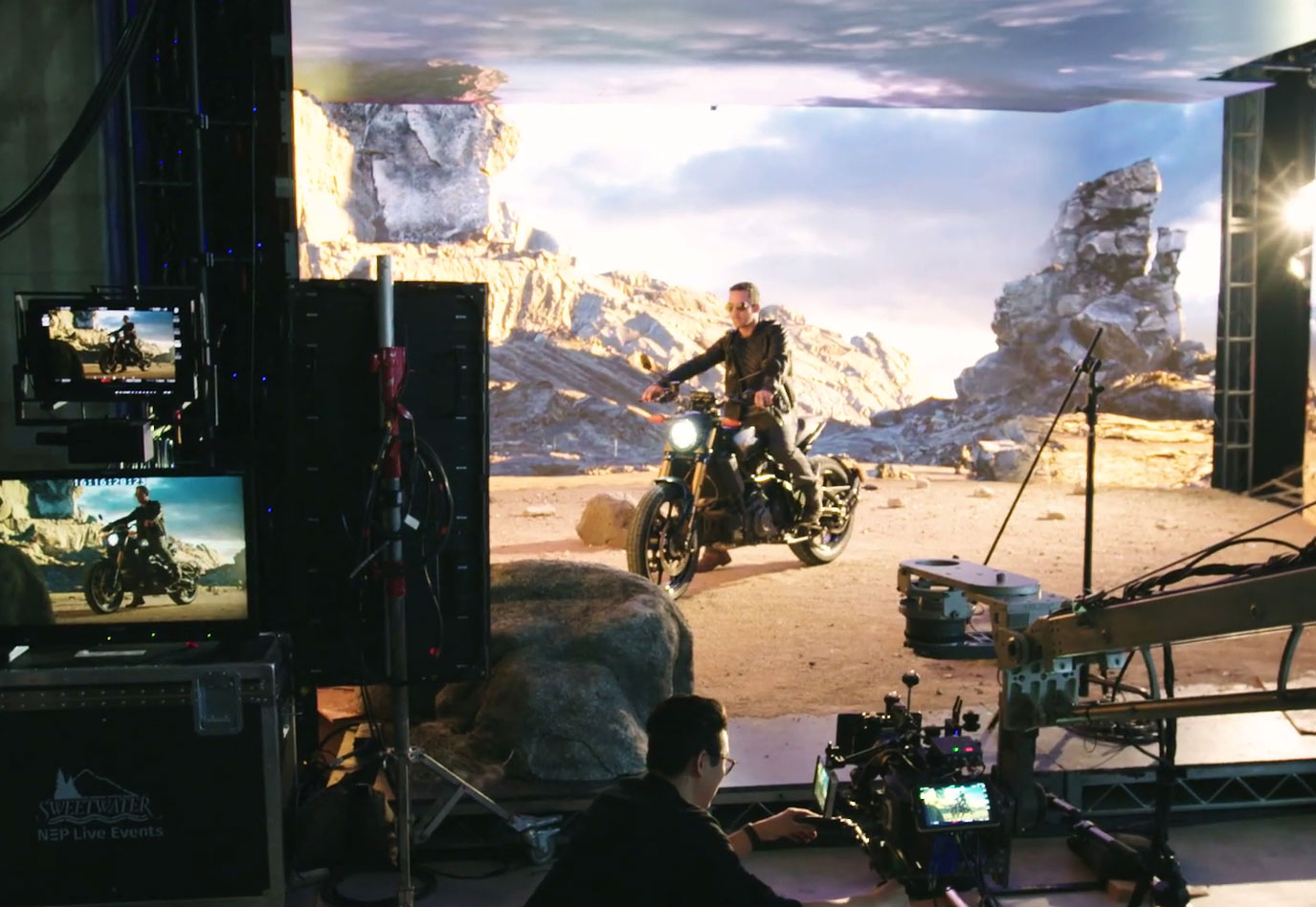
Virtual Production fused with game engines like Unreal Engine has taken the ecosystem by storm. Especially OTT premium originals like Mandalorian have opened up gateways of possibilities in the content production sphere.
Will this new medium usher in a paradigm shift in the way films are made? Will this continue even after the pandemic? How efficacious or cost-effective is it in the Indian scenario? What are the practical challenges one might face when leveraging this technology in the workflow?
Organised by TVAGA (Telangana, VFX, Animation and Gaming Association), India Joy’s Summit FX saw an insightful discussion about the application and future of virtual production.
Moderated by Digital Domain VFX producer Praveen Kilaru, the panel session was graced by Blackthorn Media president and creative director Michael Conelly, Centroid India director Parth Shah and virtual production/VFX/Gaming/AR/VR chief imagineer Indraneel Guha.
Defining virtual production and explaining how it can add value to the film production space, Shah shares, “To put it simply it’s more like production in a virtual space. Everything that you do on a live production set, you do it now with the virtual environment. By virtual I mean, it’s more computer generated characters and environments and you shoot along with those elements.”
While the general conception is that virtual production is necessarily the adoption of an LED wall instead of a chroma screen, panelists explained that there is a lot more to it.
According to Conelly, LED wall is certainly a component that plays a big role. He shares, “In looking at the virtual production question, I would say it is whatever Mandalorian says it is. That’s obviously the the real flashpoint as far as I can tell that has amplified the the presence of the medium. Obviously it’s not the sole entity out there that’s important but it’s very easy to point to. You have seen the shots of the Mandalorian on the set with these LED walls and so on. So in that sense that’s an easy beginning to the conversation.”
The virtual production medium has indeed catalysed a lot of discussion amongst the stakeholders. A lot of the filmmakers are considering it primarily as a cost-saving mechanism.
Guha feels that the ability to provide real-time rendering and immediate accessibility of the virtual space is what lies behind the pervasive buzz about virtual production.
Speaking about its merits, Guha expounds, “I think one of the good things about virtual production or probably the reason why that has become so famous now is because the gaps between technology and the actual shooting components are talking to each other like the camera is talking to the 3d space like what Unreal Engine is doing at the moment. At the same time, the technology has evolved enough that it can in real time generate or render frames.”
Extolling the importance of the LED walls, Guha details, “There are many more components to it that add value to the storytelling because the whole life cycle of a film gets shortened. For example; a director wants to create something earlier they had to wait for a longer time so that it goes to post-production and gets created but now it can happen almost real time or it can give an idea.”
Speaking about how LED walls can be an added advantage by addressing the problems associated with light adjustments, he shares, “I’ve been to shoots and one of the biggest challenge has been to shoot is that framing wherein the light is timed properly. That’s not a constraint anymore in virtual production. We can we can take that liberty and not worry about the sunset or the sunrise. We can shoot at any time.”
Conelly feels virtual production can facilitate filmmakers to have a more organised pipeline and workflow when it comes to visual effects work.
According to him, filmmakers need to have clear images in their minds in order to have that ‘magic moment of ‘I just asked for it and it appeared.”
He shares, “One needs to be clear about what they’re going to make possible and as far as cost savings goes that’s one of the power points of the medium.”
While there is certainly a buzz about its advantages, it remains to be seen how big a role will virtual production play in India’s AVGC industry. Stay tuned for more updates.

